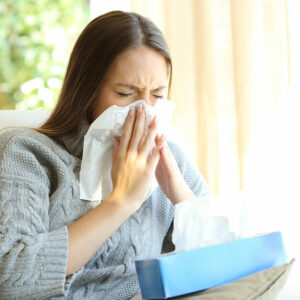
01
5 types of health supplements to stay fit and healthy
Maintaining overall well-being requires eating nutritious meals, following a healthy lifestyle, and getting frequent health checkups. But these days, people also consider taking health supplements to improve their immune system, stay safe from diseases, and live a wholesome life. There are various types of supplements that one could take in this regard, with each boasting its benefits. However, speaking to an expert before including these in their daily consumption routines is essential. Mineral supplements Some individuals might require mineral supplements to manage and improve a deficiency. Calcium Calcium is one of the body’s most essential minerals for bone growth. The RDA of calcium is 1,000 milligrams for men and women between 19 and 51. Women aged 51 and older and men older than 70 may require about 1,200 milligrams of calcium supplementation daily. Apart from bone growth, calcium plays vital roles in muscle function and is essential for the nerves to carry messages from the brain to other body parts. It also helps maintain healthy blood pressure, complements hormone secretion, and contributes to maintaining stronger teeth. An example of where an expert may recommend calcium supplements is for people at risk of osteoporosis, a disease that may cause the bones to turn brittle and break. Iron Some people might suffer from poor blood oxygenation, which results in a weak immune system and fatigue. Individuals may benefit significantly from taking iron supplements, as this increases blood oxygen and improves their overall health. Experts suggest that men and women should get about 8 to 18 milligrams of iron daily. In a nutshell, iron supplementation improves immune function, energy levels, and brain function. It also helps boost the ability to concentrate and carry oxygen in blood. Zinc While individuals might require zinc supplements, they may have to take them in tiny amounts. The RDA for men is about 11 milligrams and around 8 milligrams for women.
Read More 










